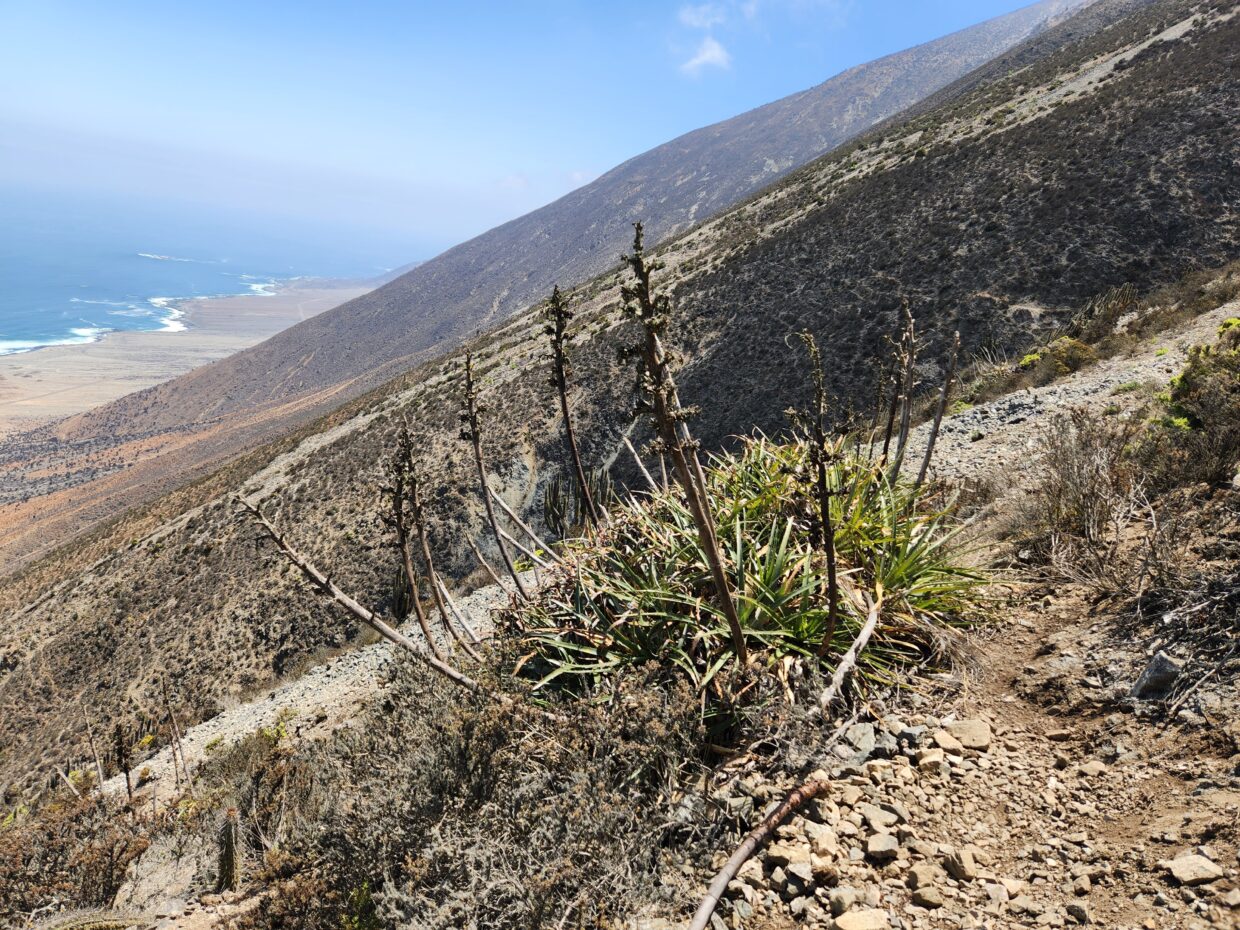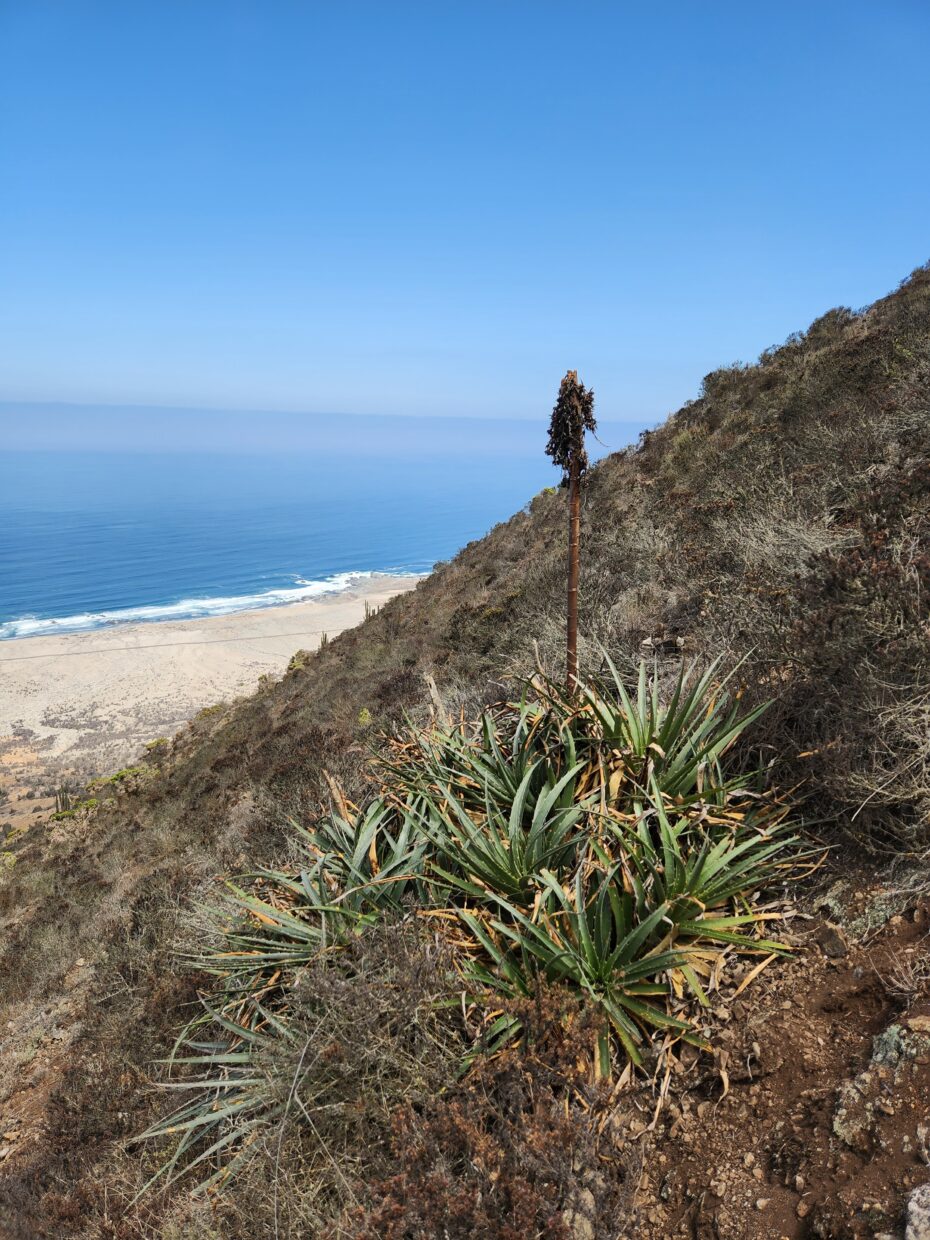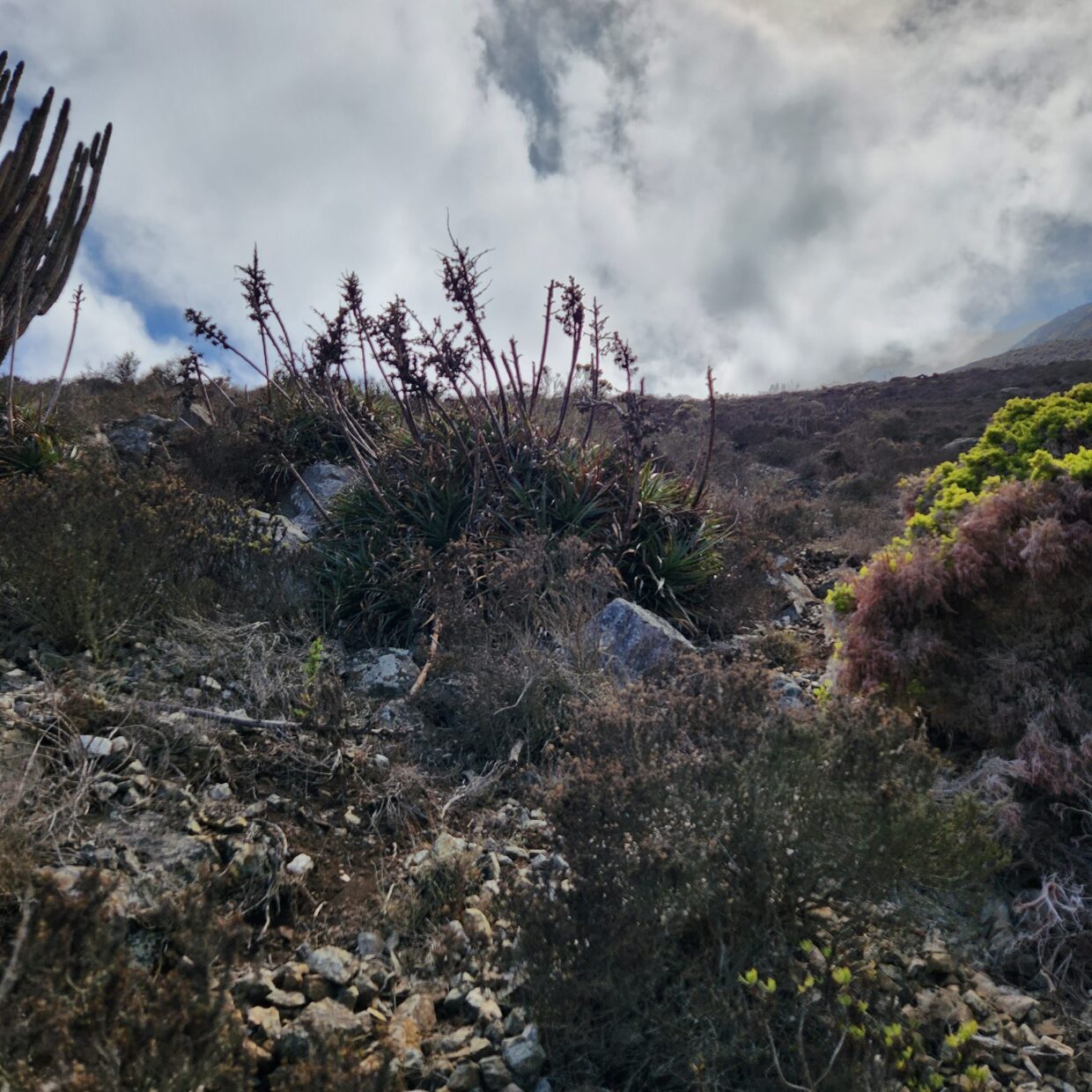Place of Publication
Handb. Bromel.: 126 (1889)
Type citation
Chile, Region II: Antofagasta, Cobija, Jul 1836, C. Gaudichaud s.n. (holotype: P; isotypes: B, F, US).
Synonyms
References
-
Philippi R.A. (1895b)
Philippi, R.A. 1895b. Plantas nuevas Chilenas de las familais que corresponden al tomo V de la obra de Gay. Anales de la Universidad de Chile 91: 5-47, 105-160, 243-275, 415-432, 487-526, 607-635
-
Zizka et al. (2013)
Zizka, G. , Schneider, J.V. , Schulte, K. and Novoa, P. 2013. Taxonomic revision of the Chilean Puya species (Puyoideae, Bromeliaceae), with special notes on the Puya alpestris-Puya berteroniana species complex. Brittonia 65 (4), 387-407.
-
Zizka et al. (2009)
Zizka , G. , Schmidt, M. , Schulte, K. , Nova, P. , Pinto, R. and König, K. 2009. Chilean Bromeliaceae: diversity, distribution and evaluation of conservation status. Biodiversity and Conservation 18: 2449-2471
-
Baker (1889)
Baker, J.G. 1889. Handbook of the Bromeliaceae. G. Bell & Sons, London
Iconography
- Grau & Zizka (1992): Fig. 96








